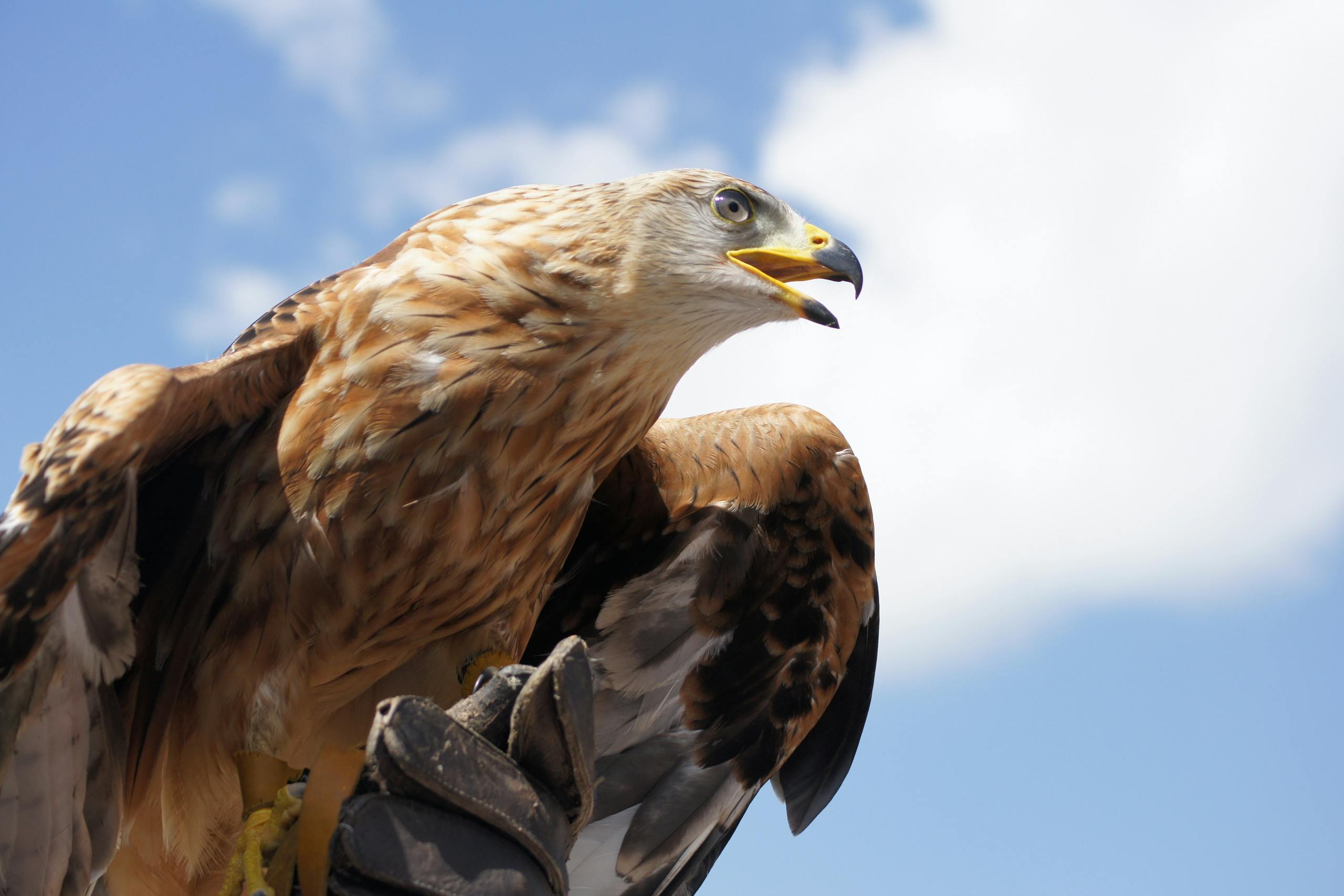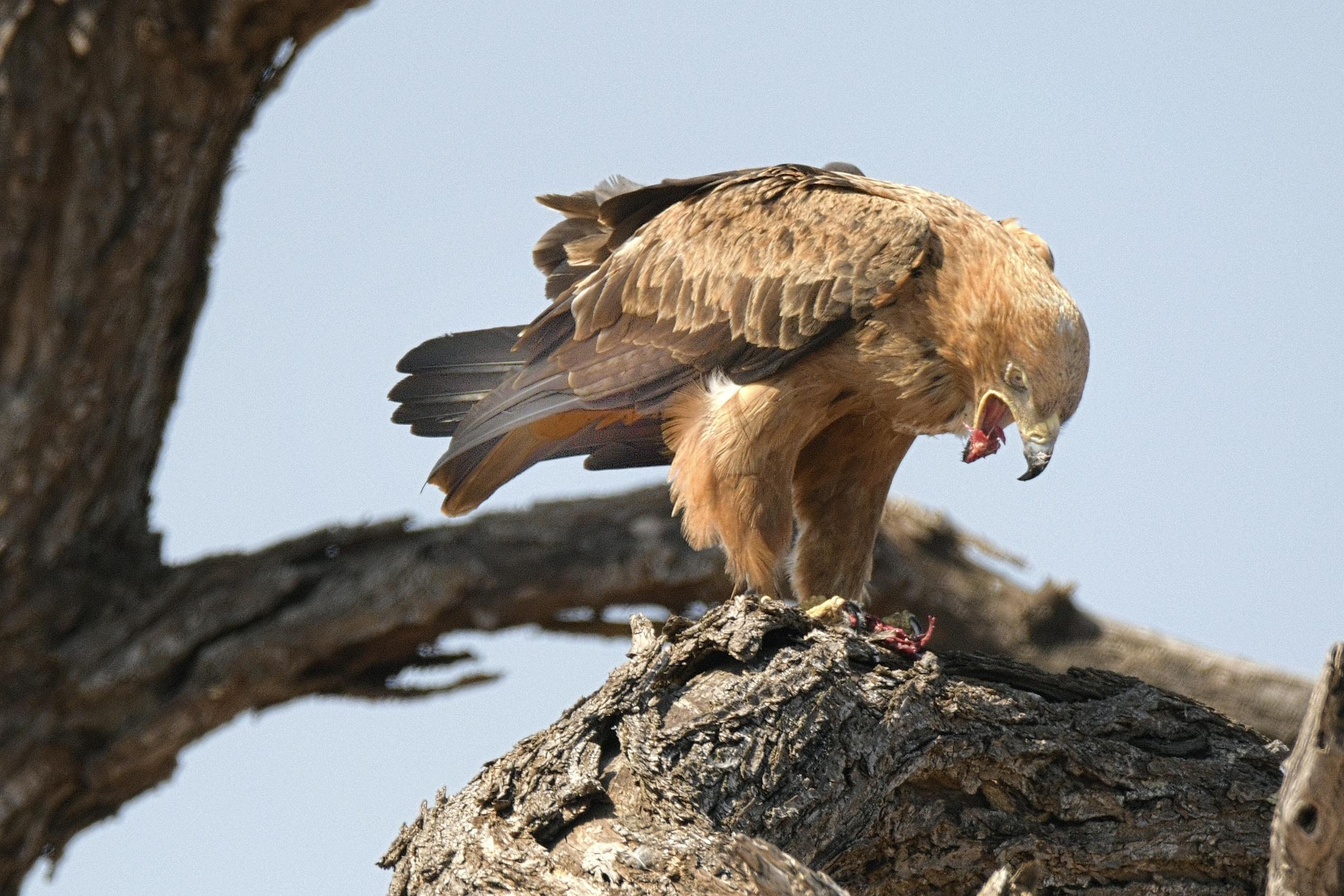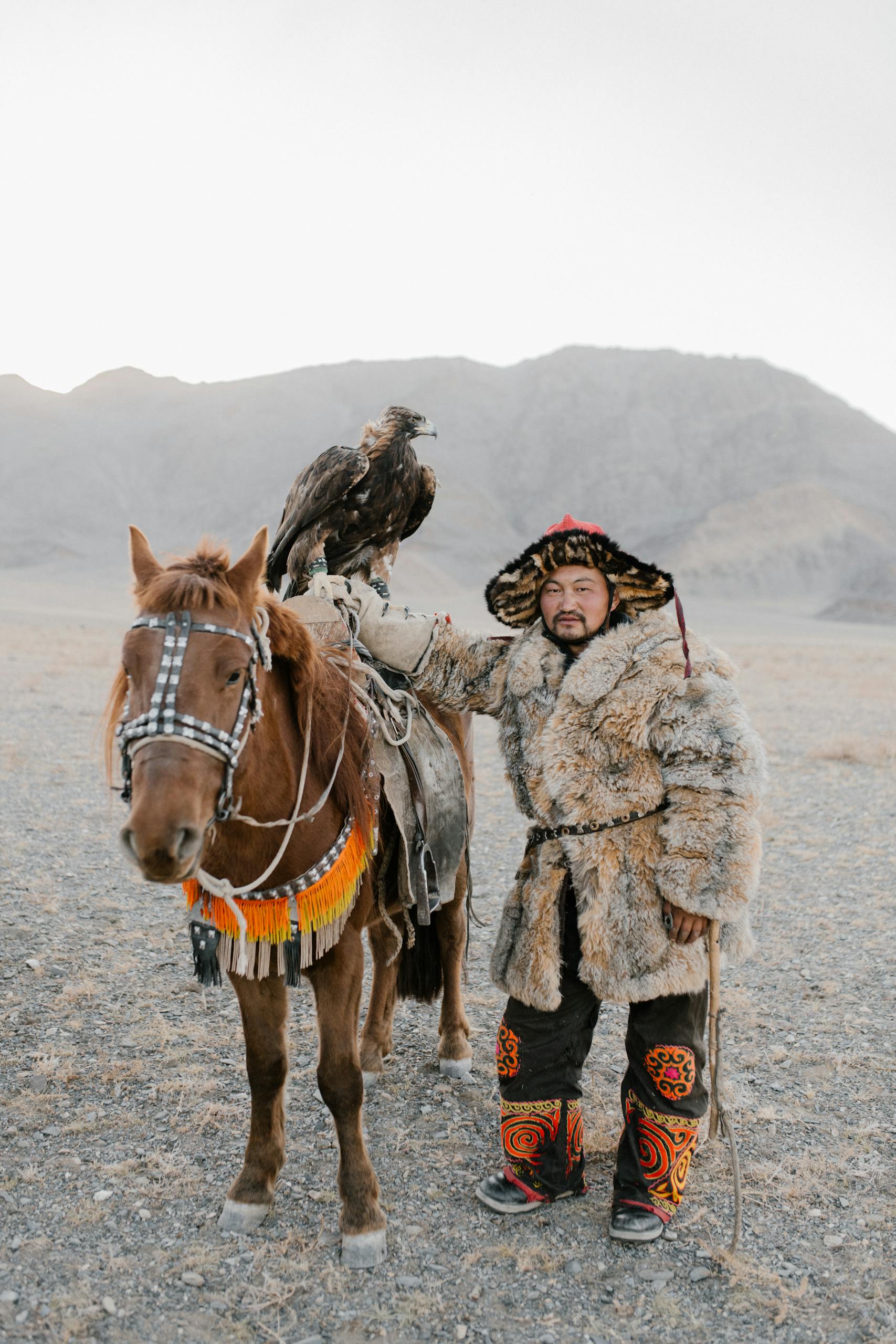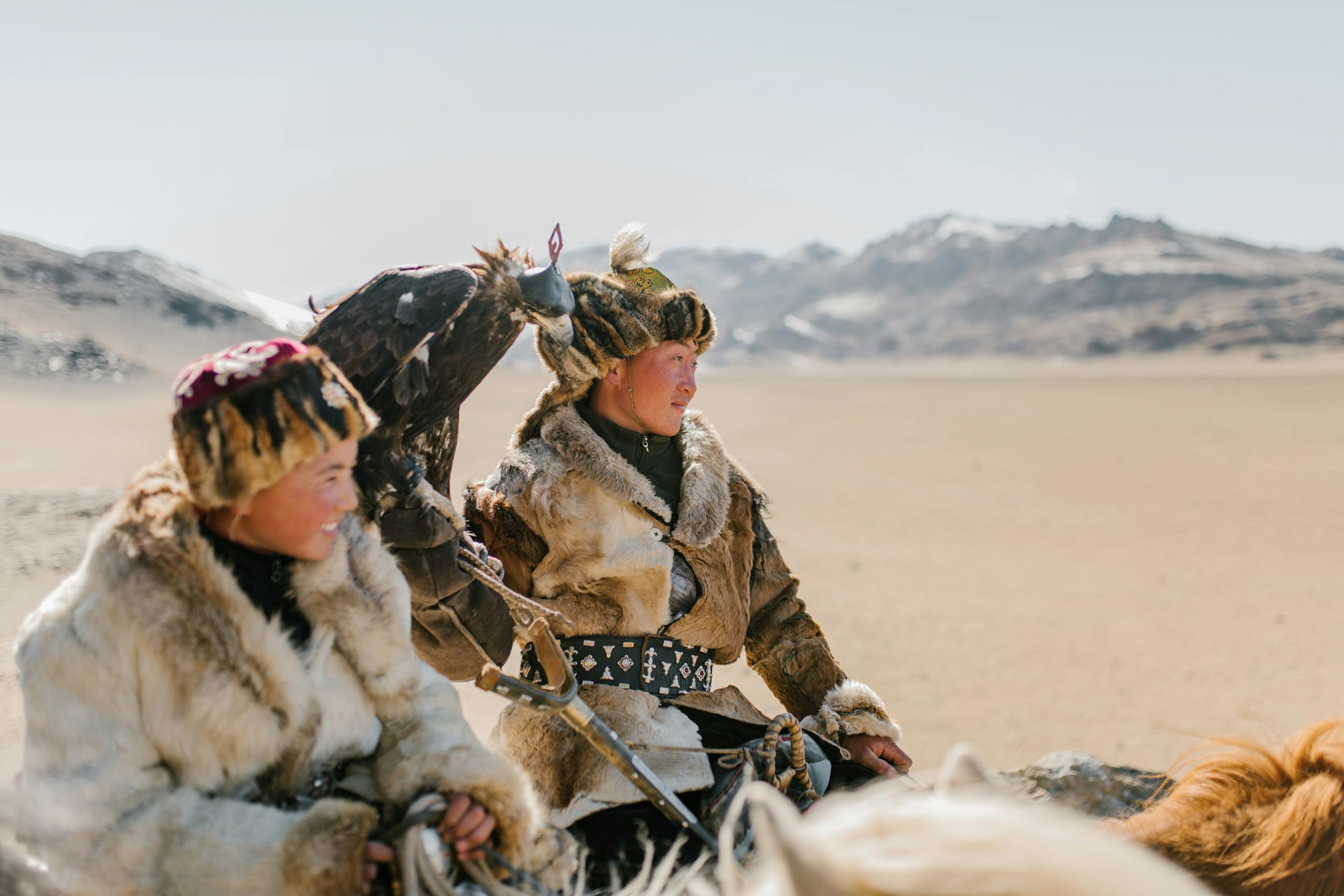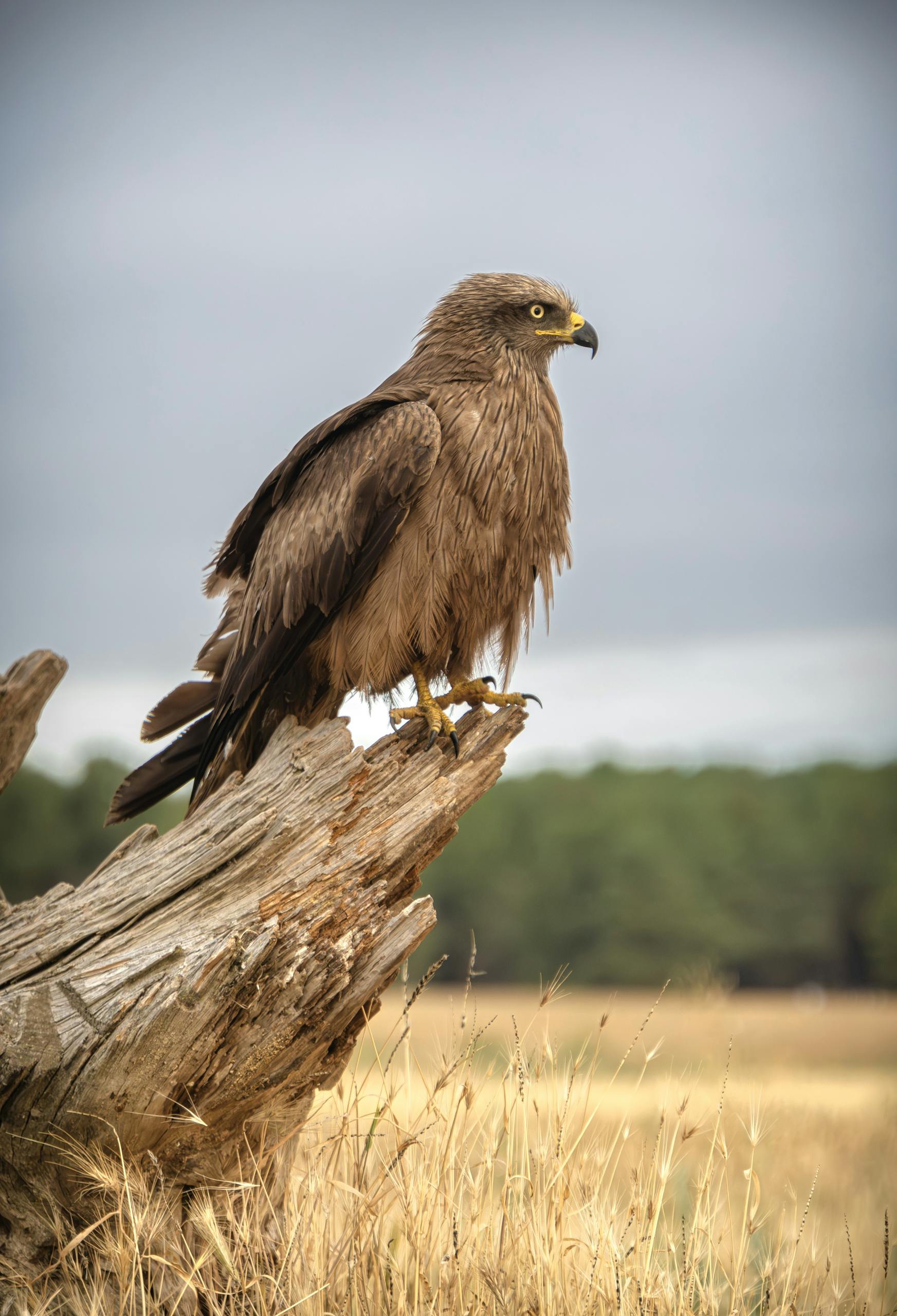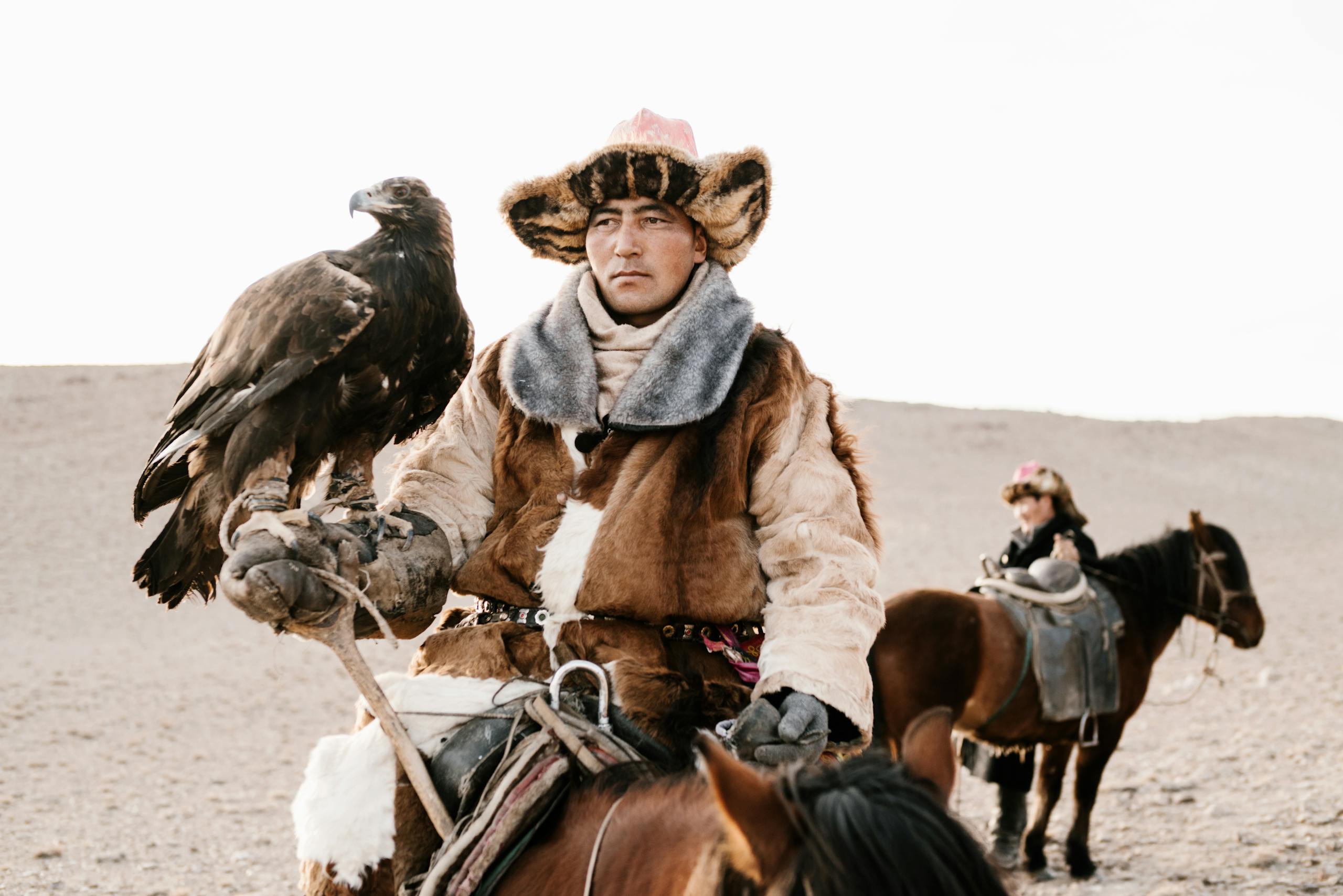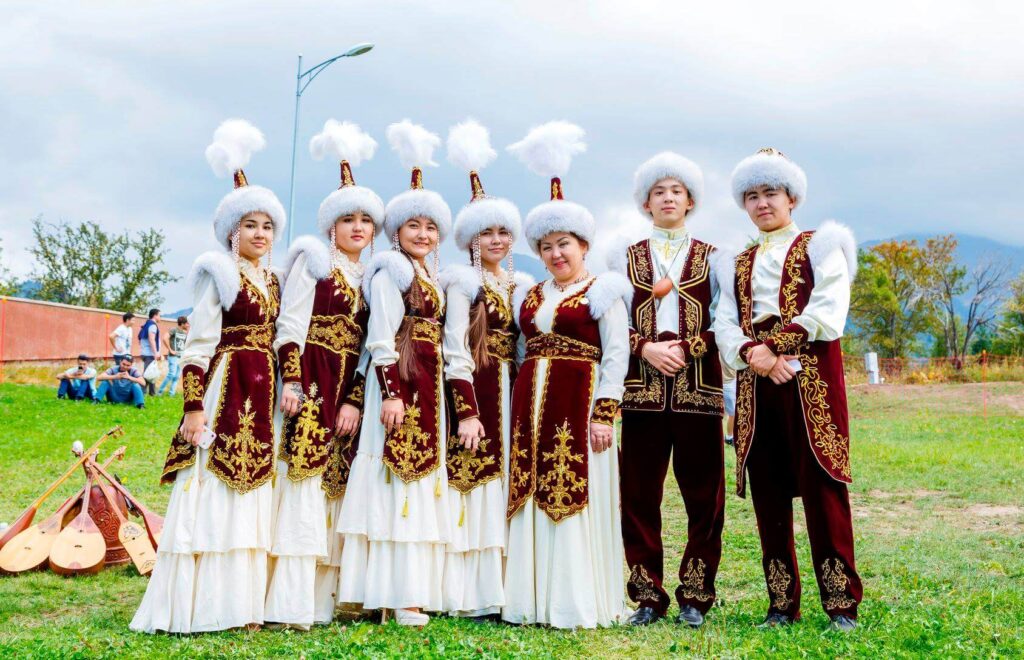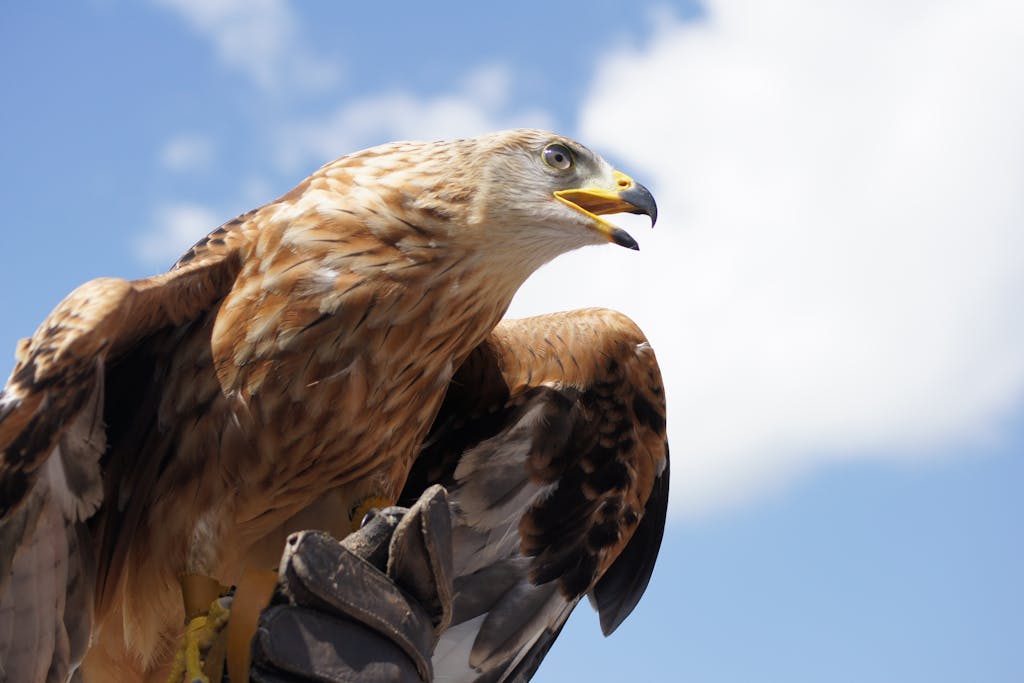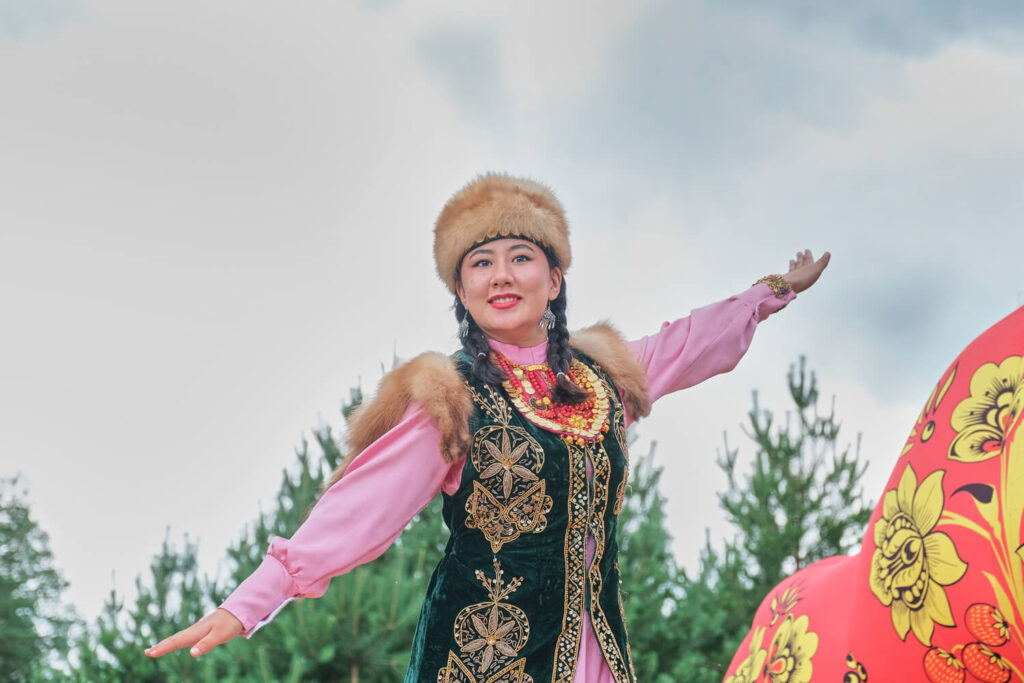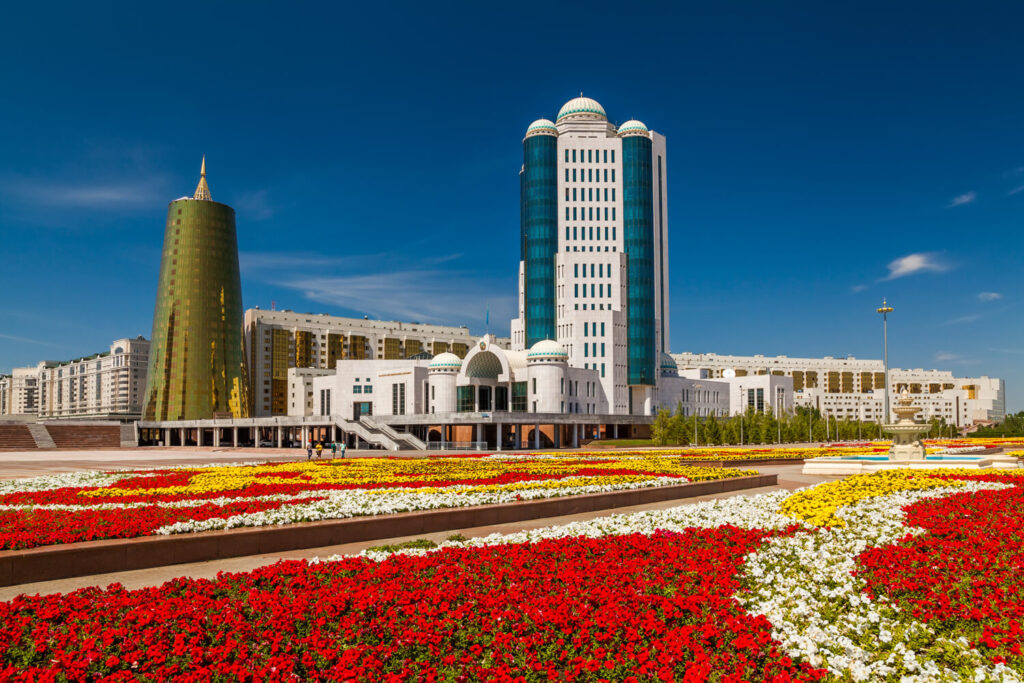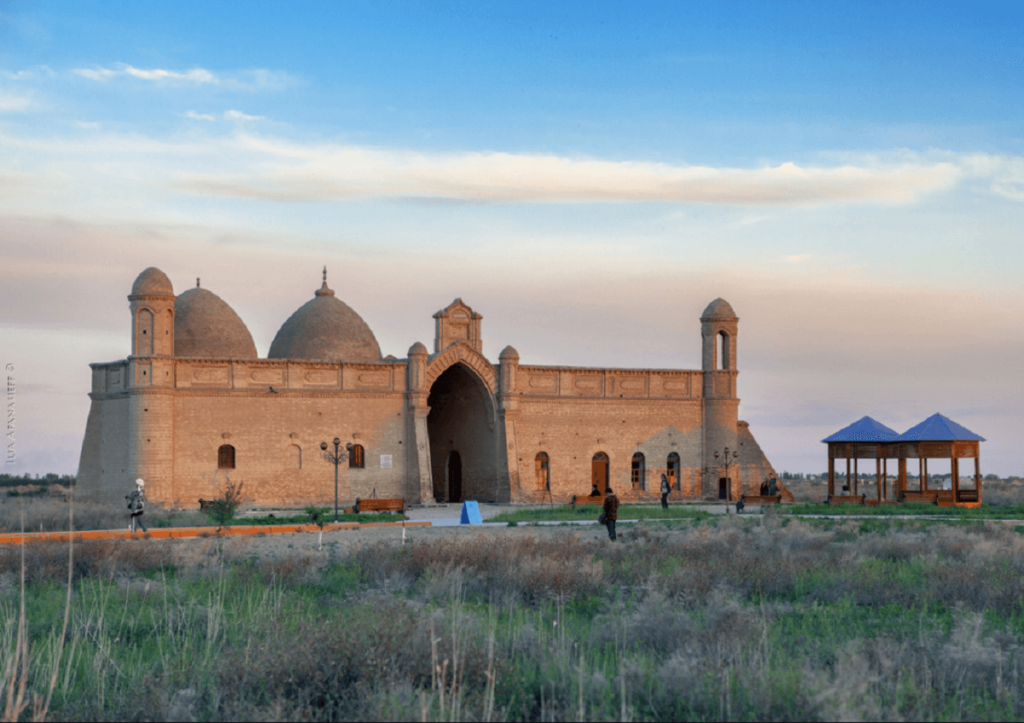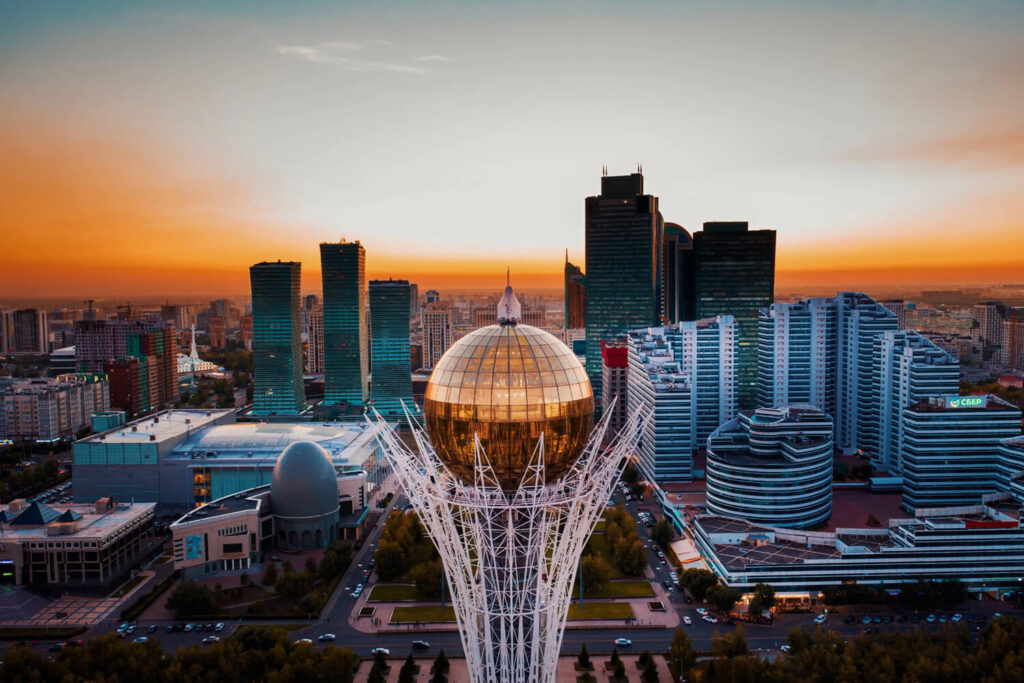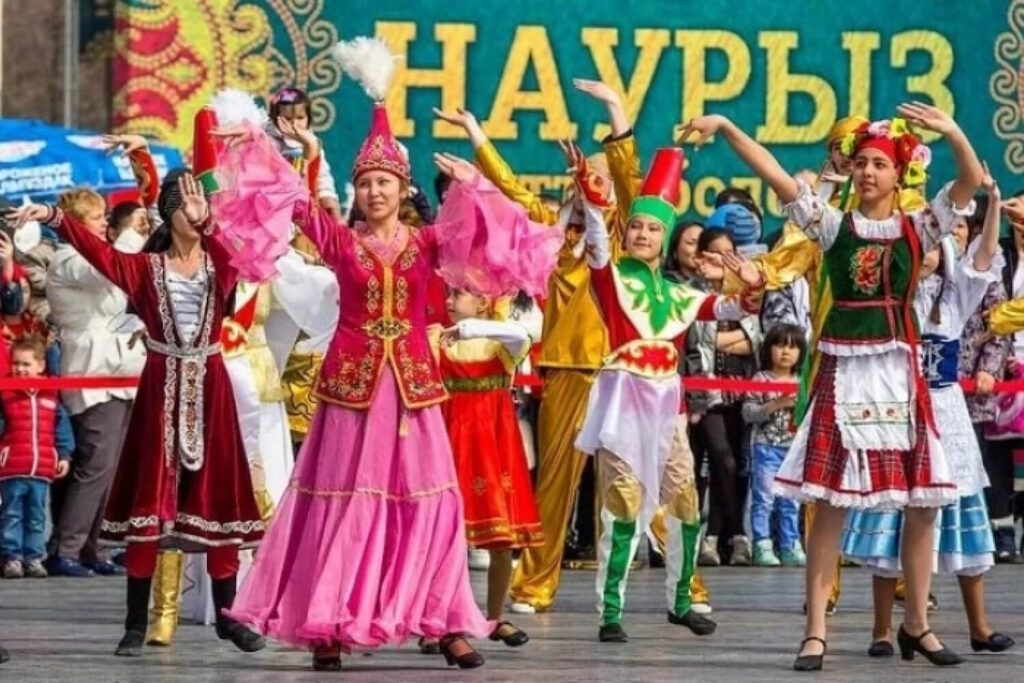kazakhstan eagle
The Kazakh golden eagle, Aquila chrysaetos, revered in Kazakh culture and falconry, is a bird of exceptional power, skill, and symbolism. The beauty of these eagles is celebrated in hunting tournaments, where their aesthetic qualities are highly valued, reflecting a deep cultural appreciation for these majestic creatures.
Understanding its role requires an appreciation of the eagle’s unique physical attributes, its deep connection with Kazakh history and traditions, and its continued significance in modern-day Kazakhstan.
Here’s an in-depth look into the features, advantages, and cultural impact of the Kazakh golden eagle:
Introduction to the Kazakhstan Eagle
The Kazakhstan eagle, also known as the golden eagle, is a majestic bird of prey that has been an integral part of Kazakh culture and tradition for centuries. With its impressive wingspan of up to 2 meters and talons extending to about 7 centimeters, the golden eagle is a formidable hunter, capable of reaching speeds exceeding 300 kilometers per hour.
In Western Mongolia, the Kazakhstan eagle hunters have developed a unique bond with these birds, training them to hunt and obey commands. The annual Golden Eagle Festival, held in the Altai Mountains, showcases the skills of these kazakhstan eagle hunters and their birds, attracting tourists and enthusiasts from around the world.
Physical Features of the Kazakh Golden Eagle
Size and Strength:
The golden eagle is one of the largest birds of prey in the world, with females often reaching up to 2.3 meters (7.5 feet) in wingspan and weighing up to 7 kilograms (15 pounds).
This size and weight give it the strength needed to hunt larger prey, such as foxes, wolves, and other small mammals, which are challenging to hunt but necessary for survival in the steppes and mountains.
The Siberian golden eagle, one of the largest subspecies, is particularly significant in hunting due to its impressive size and strength.
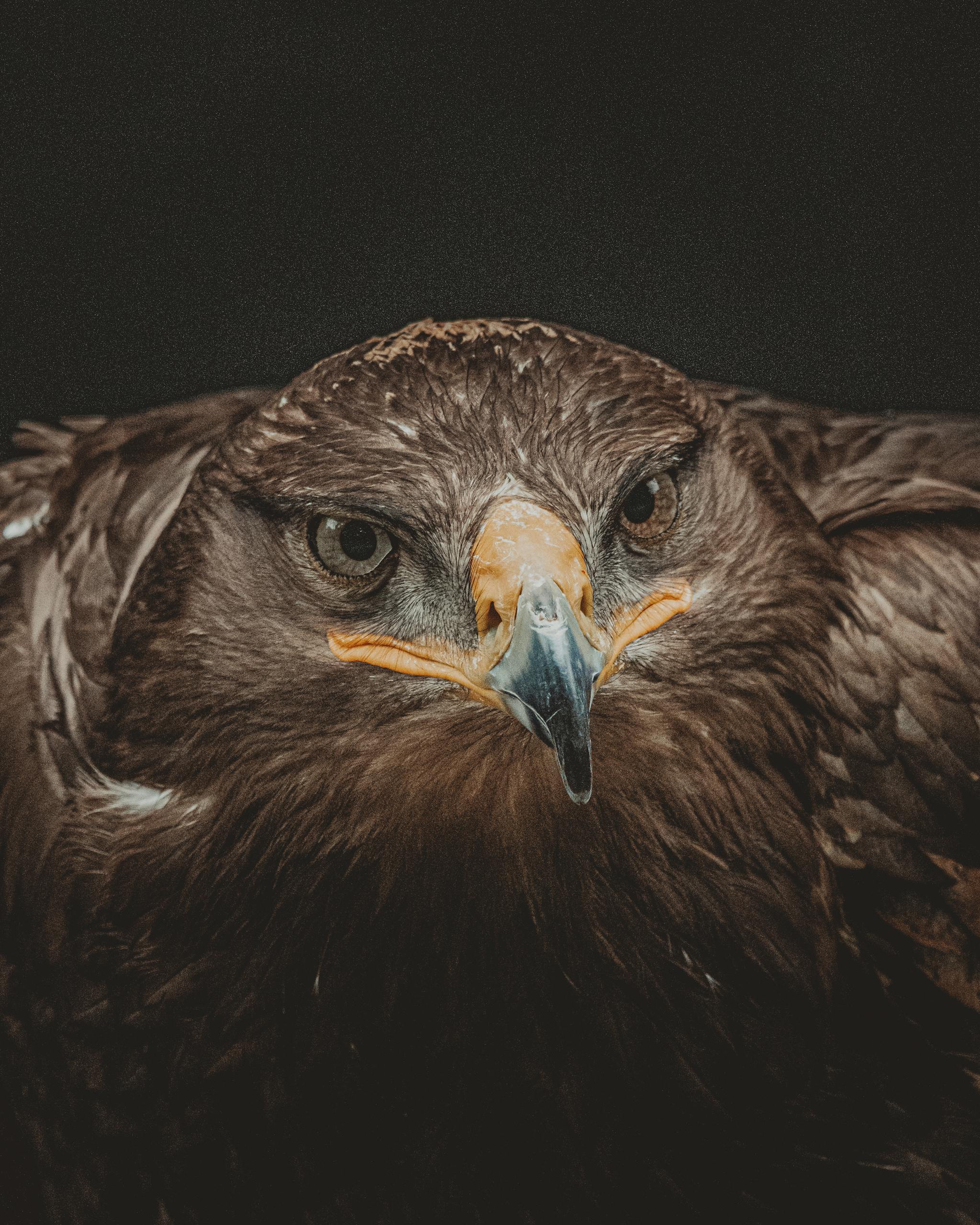
Keen Eyesight:
Golden eagles have extraordinary eyesight, estimated to be up to eight times sharper than human vision. This means they can spot prey from several kilometers away, a critical feature for hunting in open and mountainous terrains.
The kazakhstan eagle’s eyesight allows it to detect slight movements on the ground, providing a hunting advantage even in expansive landscapes.
Physical Adaptations for Hunting:
Strong, curved talons and a powerful beak enable the golden eagle to seize and kill prey efficiently. The talons act like a vice, holding onto animals with a grip that is difficult for prey to escape.
Its curved beak is well-suited to tearing flesh, making it effective in handling and eating its catch.
Discover Kazakhstan
Endurance and Longevity:
In the wild, golden eagles can live up to 30 years. The age of the kazakhstan eagles significantly influences their training and hunting abilities, with younger eagles typically being captured for training due to their adaptability and learning capacity.
However, under the care of Kazakhstan eagle hunters, known as “berkutchi,” they may live even longer. Their longevity and resilience make them ideal companions in falconry, as they can build and maintain long-term relationships with their handlers.
Cultural Symbolism:
In Kazakh culture, the golden eagle represents strength, freedom, and honor. Its image and symbolism appear in art, clothing, and national symbolism, embodying the spirit of the Kazakh people.
The tradition of hunting with kazakhstan eagles, especially in the mountainous Altai region, has been passed down for centuries, preserving an ancient practice that ties the Kazakh people to their ancestors and homeland.
Cultural and Practical Advantages of the Kazakh Golden Eagle
Cultural Symbolism:
In Kazakh culture, the golden eagle represents strength, freedom, and honor. Its image and symbolism appear in art, clothing, and national symbolism, embodying the spirit of the Kazakh people. The tradition of hunting with eagles, especially in the mountainous Altai region, has been passed down for centuries, preserving an ancient practice that ties the Kazakh people to their ancestors and homeland.
Discover Kazakhstan
The Bond Between Eagle and Handler:
Training a golden eagle requires dedication, patience, and trust. Kazakh eagle hunters often begin training with young eagles and develop a deep bond through shared experiences and extensive care.
This relationship is built on mutual respect. Eagles are not fully domesticated; instead, they are partners, respected and revered for their wild nature. The eagle’s independence and prowess are never subdued, maintaining its dignity as a wild hunter.
Hunting Abilities and Role in Falconry:
Trained golden eagles are skilled hunters, particularly effective in hunting foxes, which are prized for their fur. This fur, especially in harsh Kazakh winters, was historically essential for clothing and survival.
The eagle’s ability to hunt larger animals such as wolves and foxes provided additional resources for nomadic Kazakh tribes.
The eagle’s powerful dive—at speeds up to 150 miles per hour—enables it to catch prey swiftly and efficiently, making it invaluable in regions where resources are scarce.
Sustainable Practice and Conservation:
Unlike traditional hunting methods, falconry with eagles is sustainable. The trained eagle only hunts what it needs, avoiding over-harvesting and ensuring a balance with local wildlife populations.
Kazakh eagle hunters typically release their eagles back into the wild after about 10 years, allowing them to breed and contribute to their species’ population. This release is seen as a noble act, returning the eagle to its natural life after years of companionship and work.
The Impact of Kazakh Eagle Hunting in Modern Times
Preservation of Heritage:
Eagle hunting festivals, like the Golden Eagle Festival held in Bayan-Ölgii, Kazakhstan, play a vital role in preserving the tradition and sharing it with younger generations.
This ancient practice is still actively practiced today, showcasing the skills of eagle hunters known as ‘Berkutchi’ during competitive events.
At these festivals, eagle hunters display their skills, and the relationship between eagle and handler is celebrated.
The practice of eagle hunting is a proud and visible connection to Kazakh heritage. It reinforces cultural pride and teaches younger Kazakhs the values of patience, respect, and harmony with nature.
Tourism and Cultural Exchange:
Kazakh eagle hunting attracts visitors worldwide, drawn by the unique spectacle and deep cultural resonance of this ancient practice.
Participants from China also join the eagle hunting events, highlighting the international aspect. Tourists often attend eagle festivals or stay with local families to learn about the bond between eagles and hunters, contributing to local economies.
This tourism generates revenue for remote Kazakh regions, supporting local communities and increasing global awareness of Kazakh traditions and the importance of cultural preservation.
Educational Value and Symbol of Environmental Respect:
The tradition of eagle hunting also offers educational insights into wildlife conservation and the importance of respecting nature.
The practice teaches valuable lessons about how to survive in harmony with nature. By respecting their eagles’ need for independence and ultimately releasing them, Kazakh eagle hunters teach valuable lessons about sustainability and the balance between humans and wildlife.
This practice shows a respectful and harmonious relationship with nature, demonstrating a lifestyle that values both human needs and the natural world’s vitality.
Discover Kazakhstan
Eagle Hunting in Western Mongolia
Eagle hunting in Western Mongolia is a traditional form of hunting that has been practiced by the Kazakh people for generations. The Kazakh eagle hunters, with their rich cultural heritage and nomadic lifestyle, have developed a deep understanding of the golden eagle’s behavior and habits.
They train young eagles, typically female eagles, to hunt prey such as foxes, hares, and wolves, using techniques passed down through generations. The hunt takes place on horseback, with the eagle perched on the hunter’s arm, and is a thrilling spectacle to behold.
The Kazakh eagle hunters’ daily life is closely tied to the natural world, and their tradition of eagle hunting is an important part of their cultural identity.
The Altai Mountains Habitat
The Altai Mountains, located in Western Mongolia, provide a unique and challenging habitat for the golden eagle. The mountains’ rugged terrain, with its steep cliffs and narrow valleys, is home to a variety of prey species, including foxes, hares, and wolves.
The Kazakh eagle hunters have adapted to this environment, developing a nomadic lifestyle that allows them to follow the movements of their prey and their eagles.
The Altai Mountains are also home to a variety of other bird species, including hawks and other raptors, which coexist with the golden eagle in this harsh and beautiful landscape. The Russian and Chinese borders are nearby, and the region is known for its rich cultural heritage and traditional practices.
The Life of an Eagle Hunter
The life of an eagle hunter is one of dedication and passion. Kazakh eagle hunters spend years training and caring for their birds, developing a deep bond with them.
They must be skilled horsemen, able to navigate the challenging terrain of the Altai Mountains, and knowledgeable about the behavior and habits of their prey.
The eagle hunter’s daily life is closely tied to the natural world, with the changing seasons and weather patterns affecting the availability of prey and the behavior of their eagles. In the winter months, the eagle hunters must be prepared to face harsh conditions, including snow and extreme cold, as they hunt and care for their birds.
The host family and the eagle hunter’s family members play an important role in the tradition of eagle hunting, passing down knowledge and skills from generation to generation.
The Kazakh culture and tradition of eagle hunting are an important part of the region’s cultural heritage, and the annual Golden Eagle Festival is a celebration of this unique and fascinating way of life.
Modern Significance and Cultural Revitalization
Contemporary Cultural Pride: With renewed interest in cultural heritage, young Kazakhs are learning eagle hunting skills, not only for practical reasons but as a statement of identity and pride in their roots.
This practice dates back to the Bronze Age, illustrating the enduring cultural heritage and traditional lifestyles that have been passed down through generations.
This resurgence strengthens community bonds and celebrates Kazakh cultural diversity, particularly among the nomadic people who have maintained these traditions for centuries.
Connection to Ancestral Wisdom: The practice embodies Kazakh values of bravery, endurance, and respect for wildlife. This connection to ancestral wisdom is crucial in a rapidly modernizing world, grounding the Kazakh people in their past while navigating present and future challenges.
Discover Kazakhstan
In essence, the Kazakh golden eagle stands as a powerful emblem of Kazakhstan’s historical resilience and adaptability, bridging the ancient and modern worlds. Its features, advantages, and cultural significance make it not only a hunting partner but also a cherished guardian of Kazakh tradition and a symbol of harmony with nature.

